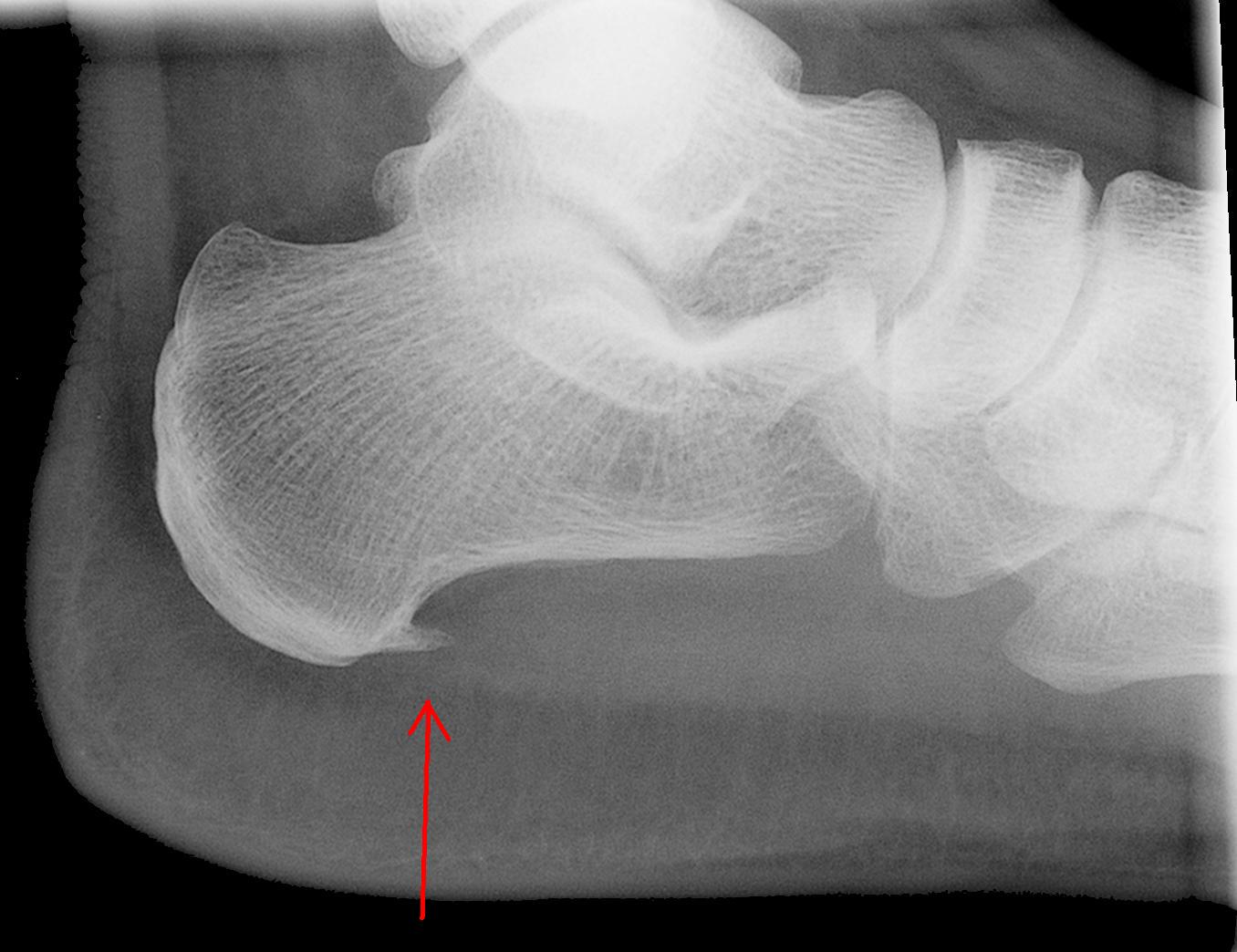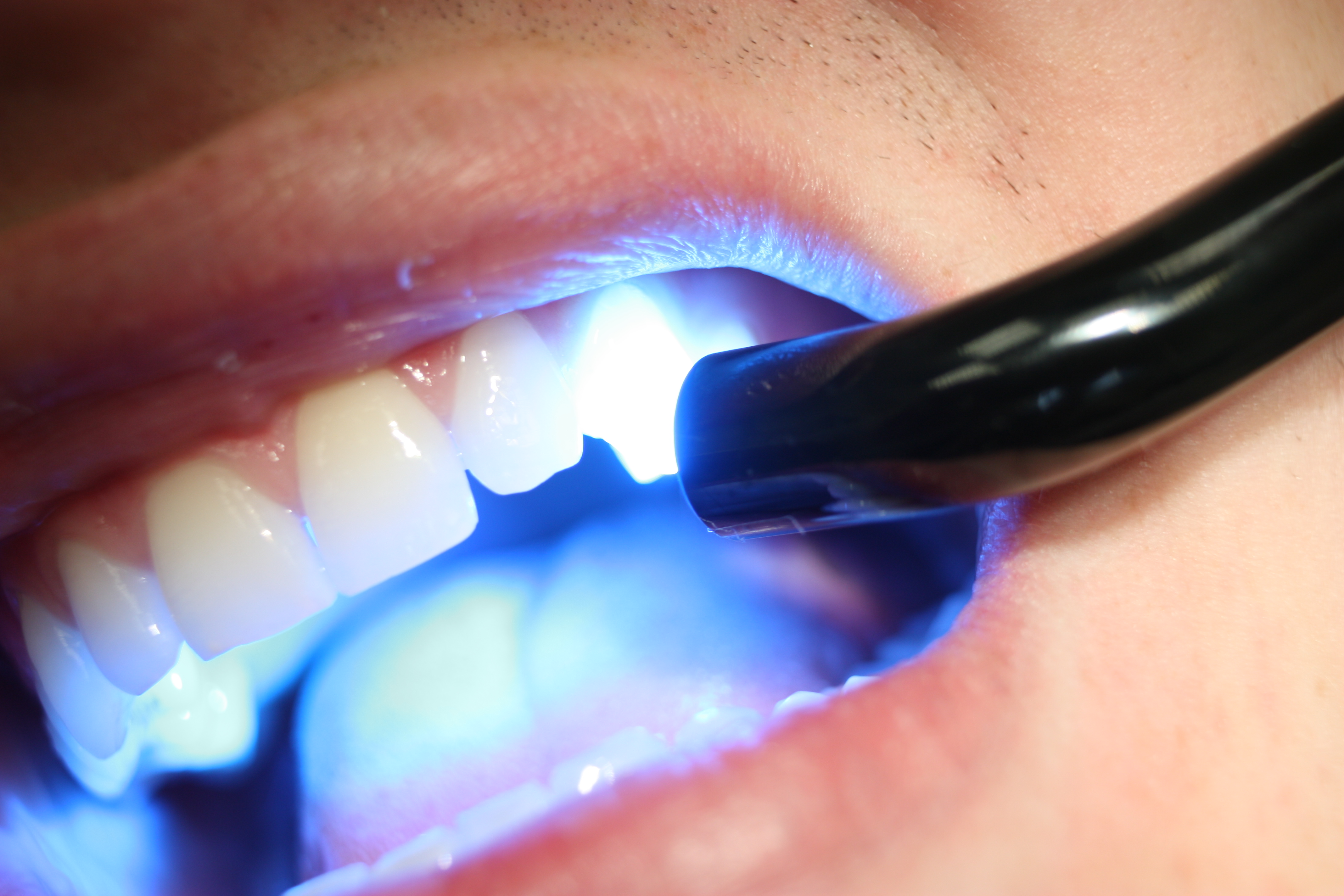
New Blood Test Is 99.6% Accurate, Safely Identifies Patients At Low Risk Of Heart Attack
A simple blood test can accurately identify patients at very low risk for heart attack, say, researchers. Almost two-thirds of people who arrive in an emergency room complaining of chest pain and fearing cardiac arrest might be safely discharged, the results of the new study suggest. “Implementation of this approach would reduce avoidable hospital admission and have major benefits for both patients and health-care providers,” wrote the authors sponsored by the University of Edinburgh and




